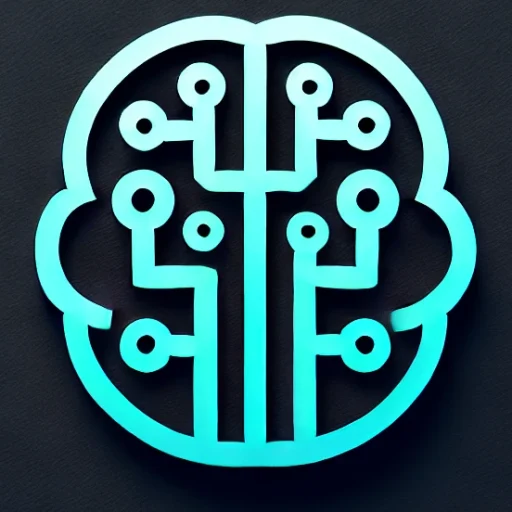
The Rise of Generative AI: Transforming Industries and Society
In recent years, generative AI has emerged as a groundbreaking force in the realm of artificial intelligence, captivating the attention of technologists, businesses, and society at large. This innovative branch of AI, which includes advanced models like OpenAI’s GPT series and Google’s BERT, is designed to learn patterns and generate new content, ranging from text and images to music and beyond. As generative AI continues to evolve, it stands poised to reshape numerous industries and redefine creative processes, making it the most important and impactful topic in AI and computing today.
Key Insights & Latest Advancements
Generative AI has come a long way from its inception, with significant strides being made in natural language processing, computer vision, and autonomous systems. The latest versions of AI models, such as GPT-4 and beyond, exhibit enhanced capabilities in understanding and generating human-like text, engaging in meaningful dialogue, and even coding. Innovations in generative adversarial networks (GANs) have also led to the creation of highly realistic images and videos, blurring the lines between real and synthetic media.
These advancements have catalyzed the development of AI tools that can craft original artworks, draft coherent articles, and compose harmonious music scores, thus democratizing creative expression and offering new avenues for artistic exploration.
Real-World Applications
Generative AI’s transformative potential is evident across a multitude of sectors. In the entertainment industry, AI is being leveraged to create music, scripts, and visual effects, pushing the envelope of what is possible in film and multimedia production. In healthcare, AI models are generating synthetic data to aid in drug discovery and medical research, overcoming the challenges of data scarcity while safeguarding privacy.
The retail sector is witnessing a shift with AI-driven personalization engines that generate tailored shopping experiences, thereby boosting customer engagement and sales. In finance, AI’s ability to analyze and generate reports is streamlining operations and enhancing decision-making processes. Moreover, in education, AI systems are developing personalized learning materials, catering to individual student needs and fostering an inclusive learning environment.
Challenges & Future Outlook
Despite its immense potential, generative AI is not without challenges. Ethical concerns surrounding the misuse of generated content, such as deepfakes and misinformation, pose significant threats to privacy and trust. The risk of algorithmic biases further highlights the need for transparency and fairness in AI systems.
Looking ahead, the future of generative AI lies in addressing these challenges through robust policy frameworks, enhanced AI literacy, and the development of more ethical and transparent systems. As AI models continue to grow in complexity, fostering collaboration between stakeholders—academia, industry, and regulators—is crucial to navigate the technological and societal implications.
Conclusion
Generative AI stands at the forefront of technological innovation, offering unprecedented opportunities to enhance creativity, optimize operations, and solve complex problems. As we continue to explore its capabilities, it’s imperative to balance innovation with responsibility, ensuring that generative AI is harnessed for the greater good. By acknowledging and addressing the challenges, we can unlock its full potential and usher in a new era of technological advancement and societal transformation.

